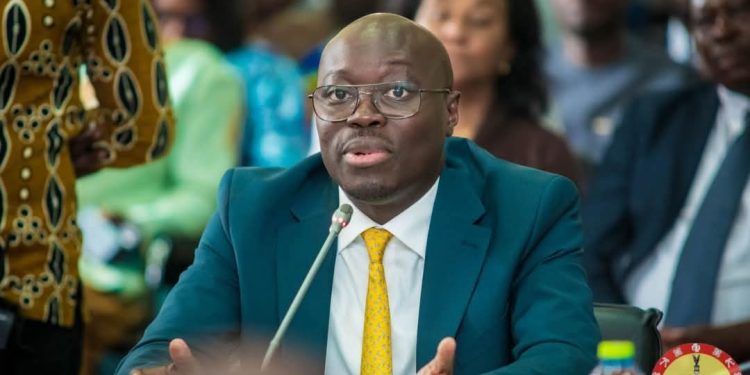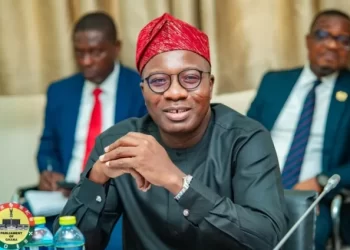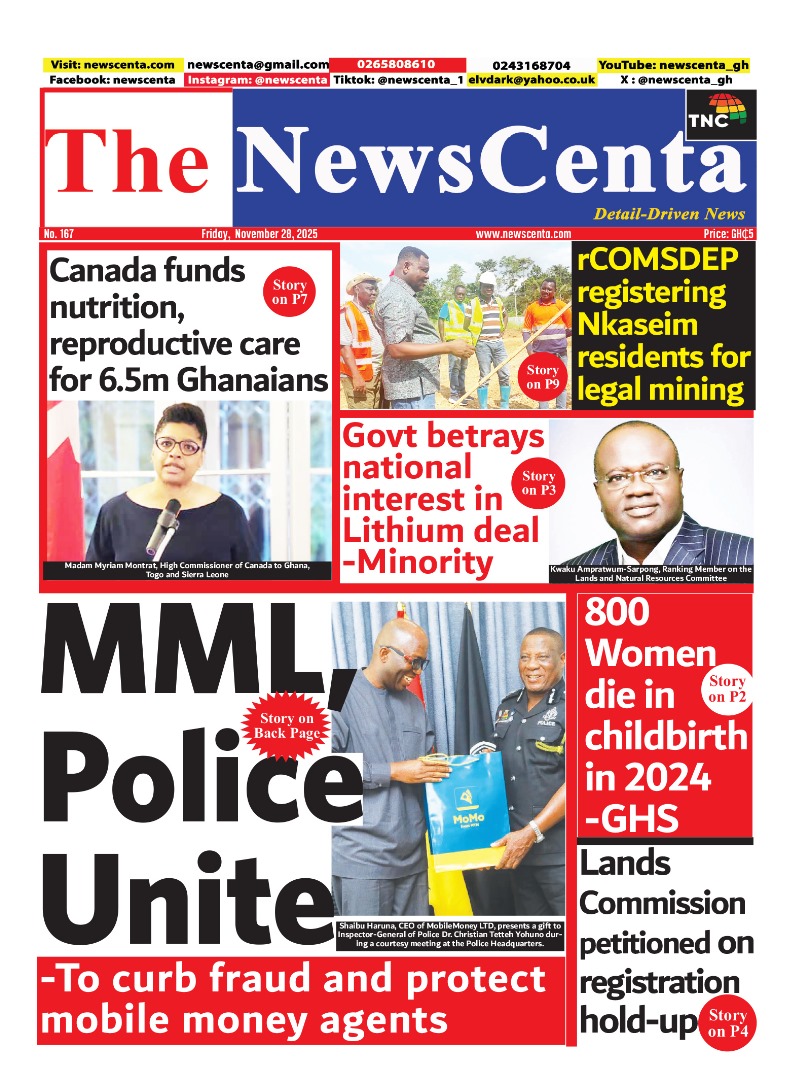Global ratings agency S&P Global Ratings has upgraded Ghana’s long- and short-term foreign and local currency sovereign credit rating to ‘B-/B’ from ‘CCC+/C’, citing improved fiscal discipline, stronger external balances, and a more stable economic environment. The outlook remains stable.
S&P also raised Ghana’s transfer and convertibility assessment to ‘B-’ from ‘CCC+’, reflecting greater confidence in the country’s management of foreign exchange and external obligations.
According to S&P, the upgrade reflects Ghana’s strengthening balance of payments and gradual fiscal recovery, supported by resilient growth and high gold and cocoa prices—commodities that together make up over 60% of the nation’s exports.
The agency projects gross international reserves to rise to US$10.4 billion (9% of GDP) by the end of 2025, from US$6.8 billion a year earlier.
Inflation, previously above 20%, is expected to stay below 10% from 2026 onward, while the cedi has appreciated about 30% against the U.S. dollar since early 2025.
S&P highlighted new fiscal rules introduced by Ghana’s administration elected in December 2024, including a 1.5% primary surplus target and plans to reduce debt to 45% of GDP by 2034. Tighter procurement oversight and spending controls are intended to prevent the fiscal slippages that led to past crises.
S&P noted Ghana’s significant progress in resolving its debt challenges following the 2022 default. The government has completed domestic debt exchanges and a US$13.1 billion Eurobond restructuring, while talks continue with official and commercial creditors over the remaining US$5 billion.
However, the agency cautioned that disputes with lenders such as the African Export-Import Bank and the Eastern and Southern African Trade and Development Bank could delay final agreements.
S&P raised its 2025 growth forecast to 6.0%, up from 4.5%, citing stronger private-sector activity and business confidence.
The current account surplus is expected to reach 4.6% of GDP—a record high—before moderating as commodity prices normalise.
Despite the upgrade, Ghana’s credit profile remains constrained by high debt-service costs, institutional weaknesses, and vulnerability to commodity and climate shocks. S&P warned that the sustainability of fiscal reforms has yet to be tested through a full economic and electoral cycle.
Stable outlook
The stable outlook reflects a balance between improving fiscal and external metrics and risks related to reform implementation and debt service pressures.
S&P said it could raise the rating further if Ghana sustains low deficits, builds reserves, and restores access to international capital markets. Conversely, a downgrade could follow if fiscal discipline weakens, debt-service costs rise, or commodity prices fall sharply.
Background
Ghana, which defaulted in December 2022, is currently implementing a US$3 billion IMF Extended Credit Facility through May 2026 to anchor fiscal reforms and macroeconomic stability.
S&P expects Ghana’s real GDP growth to average 5.6% annually through 2028, supported by stronger fiscal management, lower inflation, and renewed investor confidence.












